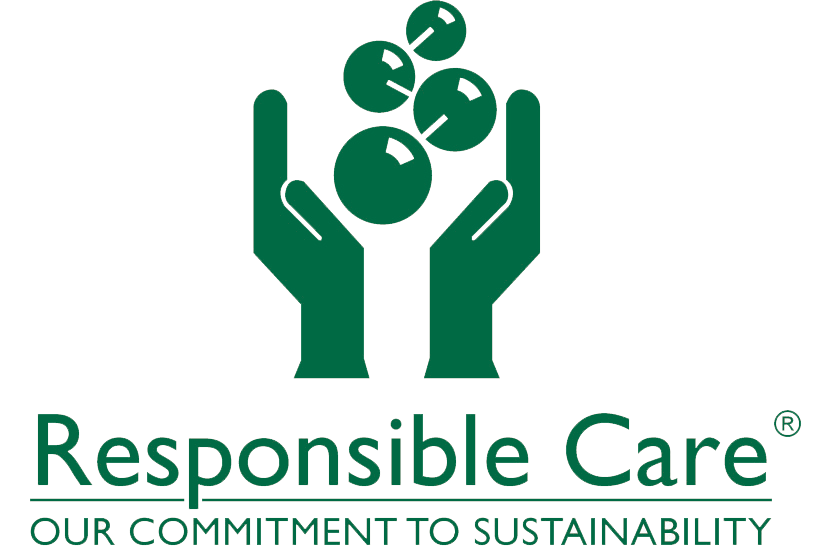Despite the training and protective measures Phosphonates Europe's members implement in their operations, accidental human exposure to phosphonates in their raw form can occur. The most likely contact point is the skin, often due to a failure in the use of personal protective equipment (PPE). As phosphonates do not accumulate in the body, there is little risk of long-term harm.
In downstream uses, where consumer exposure is possible, much more dilute phosphonate concentrations are utilised. This significantly reduces or removes the likelihood of skin irritation or corrosion.
Phosphonates Europe advocates that all workers utilise the correct PPE. For those involved in the manufacture of phosphonates or downstream products, this normally includes appropriate industrial gloves, eye or full-face protection, and suitable protective clothing. Solid phosphonate products may produce airborne dust, particularly during unprotected handling. In these cases, additional respiratory protection equipment is recommended, particularly if natural or artificial ventilation is inadequate.
Industrial and professional users of formulated products (such as cleaning and water treatment products) should also use proper PPE. However, formulated products have a lower concentration of phosphonates. At these concentrations, the corrosive/irritant properties of the phosphonates are significantly reduced or neutralised by other compounds in the final formulation.



